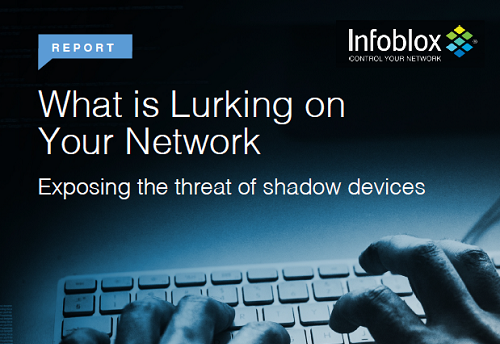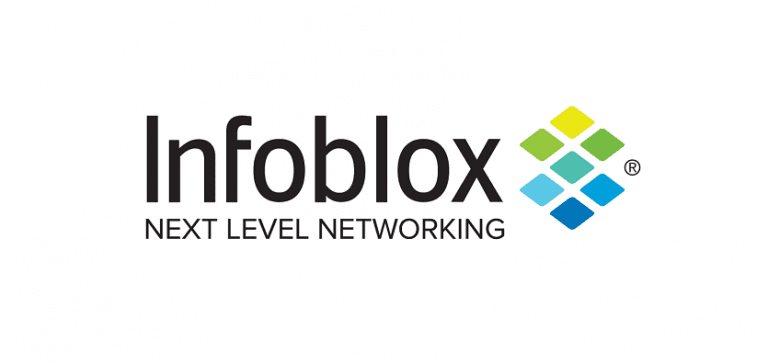Exposing the threat of shadow devices
Most internet communications rely on DNS, although it is often not sufficiently secured, which creates vulnerabilities that can be exploited for data exfiltration and spreading malware. Over 91 percent of malware uses DNS to communicate with C&C servers, lock up data for ransom or exfiltrate data. Existing security controls, such as firewalls and proxies, rarely focus on DNS and associated threats – leaving organisations vulnerable to highly aggressive, rapidly proliferating attacks.When secured, the DNS can act as an organisation’s first line of defence. The DNS can provide essential context and visibility, so IT admins can be alerted of any network anomalies, report on what assets and/or devices are joining and leaving the network, and resolve problems faster. IT leaders should invest in DNS security solutions that will enable them to identify and block malicious activity.


